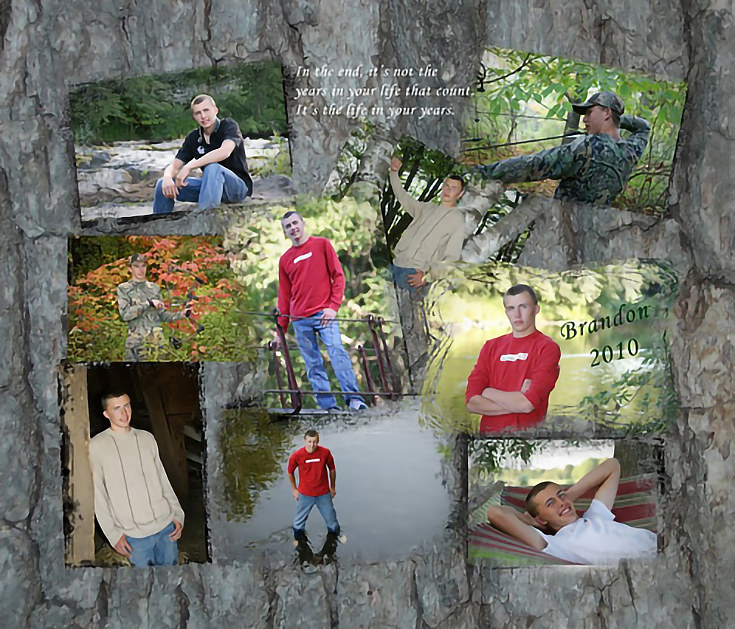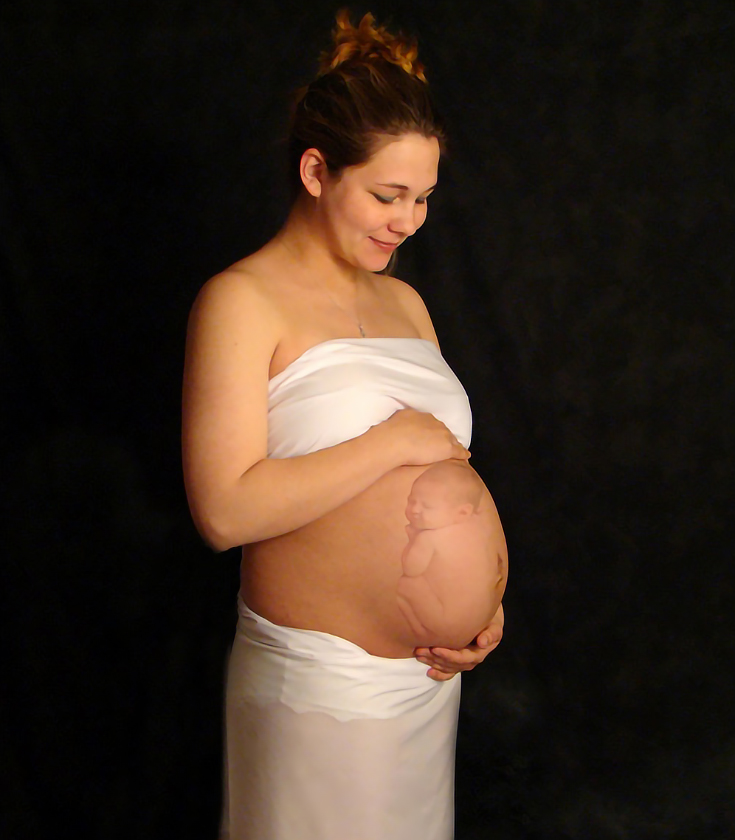
Tina L. Scott has been selling photographs since 1999 when she decided to boost her writing income by providing her clients with photographs that enhanced the quality of her articles.
As her skills and abilities grew, so did her love for photography—until one day, she realized that she loved taking photographs more than she loved her writing business. And thus began her career as a professional photographer.
Here are some of the questions I asked her in our interview:
Alyice: Aside from selling the everyday portrait, you also turn photographs of your clients into stunning photo collages. Since there is extra work involved in creating photo collages, how do you pitch that extra expense to your clients?
Tina: I try to prepare clients up-front for what to expect, from the first inquiry until the actual sales presentation. I also try to determine what is appropriate for their home when I speak with them. I stress the fact that I help create portraits, art, and images—I don’t just snap pictures.
I am creating a vision through my photography and enhancements. When I show collages, I point out that every single collage I do is customized and an original work of art. I don’t use templates for high-end collages. I’m also not shy about letting clients know how many hours of work go into creating this type of fine art or how priceless this work of art will be in the years to come.
Ideally, I would have every collage I create reproduced on fine art canvas as a gallery wrap for a truly artistic presentation. Not everyone can afford that, but once clients see what that looks like, they agree that is what they would truly love to see on their wall in their home.
Alyice: How do you figure in the time factor when pricing your collages?
Tina: To be honest, I’m still working on that. I am definitely under-compensated in terms of the time I invest into creating my collages, and I’m sure my prices will increase in the future. But I fudge a little right now because I just love creating them so much and think the results are so awesome! I can’t NOT create collages! It’s becoming an obsession!
Alyice: I’ve seen photographers who paste a bunch of photos together and then add a creative border and/or font and call it a collage—but it’s neither attractive nor special. What makes a photo collage special and eye-appealing?
Tina: First, of all, one needs to have a vision for the final piece, just as an artist would with any other work of art. Then each element must be carefully selected to complement and complete that vision. For this reason, I prefer that clients just show and tell me which are their favorite images and then give me creative license to select the images I will incorporate into the final piece.
Sometimes, something I think will work well just doesn’t fit and has to be eliminated or changed out. If I’m working with a group of specific photographs clients insist must be in the piece, that may not work well because the piece can lose its sense of cohesiveness. I really encourage my clients to let me exercise creative freedom and trust my instincts if they like my work already.
Colors, textures, backgrounds, additional artistic elements like graphics and brush strokes, and choice and style of text all impact the overall look and feel of the piece just as much as the choice of portraits to be included. All must be carefully integrated and blended to create the vision. My pieces are ultimately comprised of individual elements on probably 40 or more individual layers integrated into a single composite image which is then professionally printed.
Alyice: You occasionally allow your clients to include a few personal snapshots that they’ve taken in the collages you create. How does this option benefit your clients? Do you have a set of rules for allowing the use of such photos?
Tina: There are only a few instances where I’ve included images clients provide within my collages, and it’s often because I cannot reproduce those moments—moments that the client finds too precious to be forgotten.
Often these images are from the client’s younger years or childhood. In other cases, the picture may include the subject with a beloved pet that is no longer living or a beloved family member who is no longer living.
I do require that the images were taken by the client, a family member, or a friend, and that person must grant permission to use the picture. I am a huge stickler about protecting the copyright of the original creator of the photograph, and I will not incorporate images created by another professional photographer.
Alyice: It’s true, people often use images created by others as backgrounds for their collages, even when they don’t have the legal rights to do so. How can photographers make sure that the images they use are available for commercial purposes?
Tina: Photographers should be aware that even images which are “copyright free” or “royalty free” or “can be used free” often have limits and stipulations attached to their use. You always want to be sure you read and understand the rights of usage and the fine print.
For instance, many “free” images are only free for personal use but may NOT be used in a piece you are creating for a client, or intending to sell. This means you can use the image to make a collage of your own family pictures and hang it in your living room, but that’s it.
Most images aren’t available for commercial use without some kind of payment as compensation for the license to use those images being required.
In some cases the images may be “free to use” in terms of financial payment, but still require attribution to the photographer or original creator. . . meaning you must indicate who took the photograph on the final work when you are finished (which isn’t very complementary to the final collage).
Alyice: If you could share one tip with photographers interested in creating photo collages, what would it be?
Tina: To create a compelling collage, you must have exceptional skills in two areas:
First, you must be a great photographer and take great photos using good lighting techniques, posing, and composition.
Second, you must be proficient in using a program like Photoshop to combine all of the different images and to add textures, text, brush strokes, artistic effects, edges, and to blend the various elements in a unique, artistic way.
So my ONE tip would be to enroll in a class or webinar to improve your skills and work toward being an expert in that area.
To see more of Tina’s photography, please visit www.PhotographyByTina.com.
This post may contain affiliate links.



